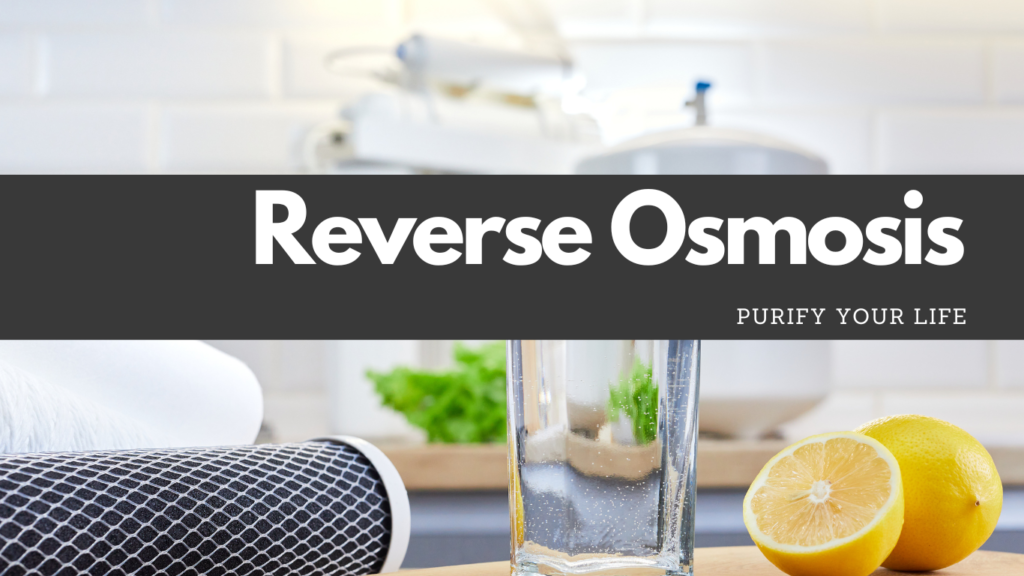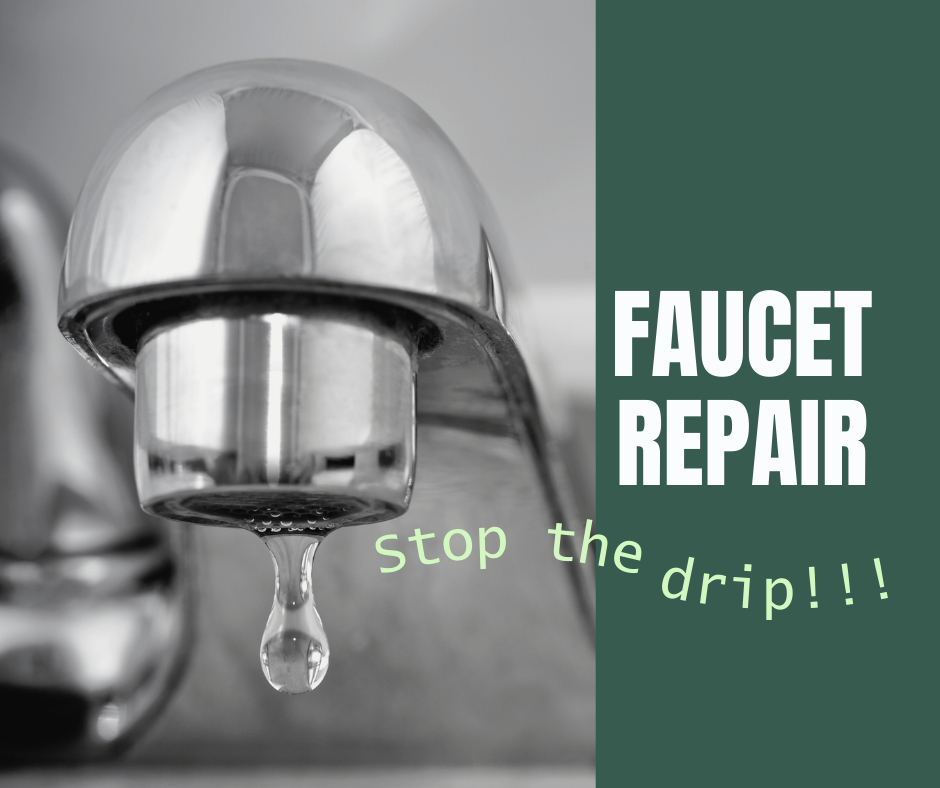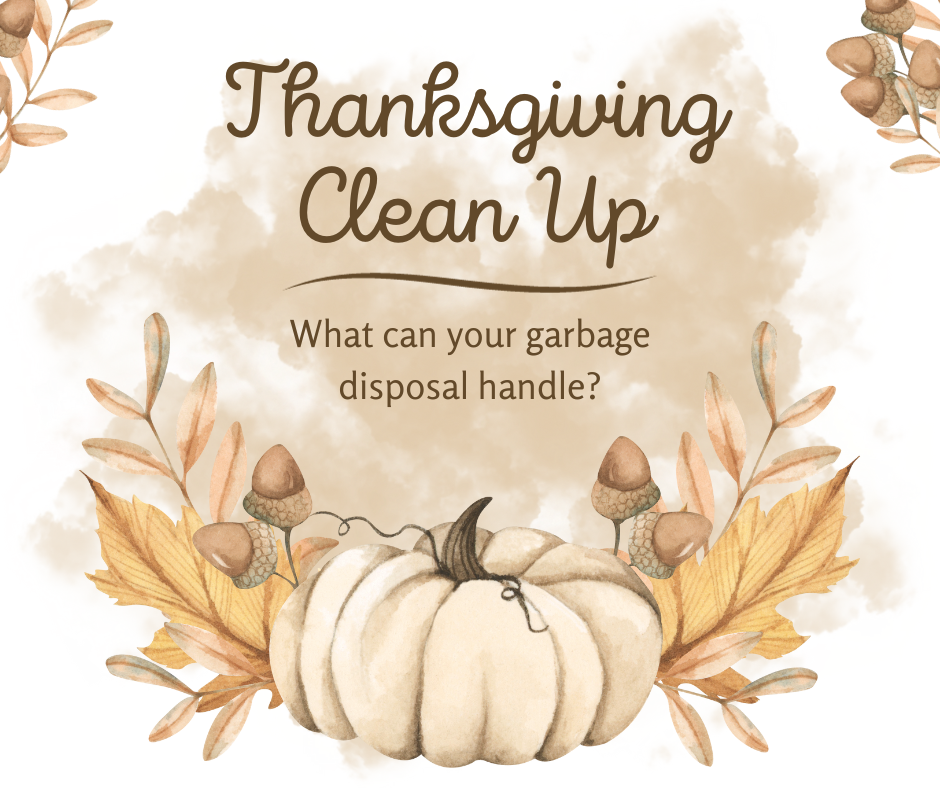Were you aware that water samples from ALL the major cities examined in the United States revealed contaminants? And numerous pharmaceutical drugs in their tap water sources? Our drinking water is exposed to potentially harmful substances. These substances include cancer-causing and neurologically damaging elements like mercury, lead, aluminum, fluoride, and chlorine. Some samples included the presence of antidepressant drugs. The install of a reverse osmosis treatment system can protect your family’s water.

Reverse Osmosis Treatment – Introduction to Water Contaminants
In a world where environmental pollutants and contaminants have become an increasing concern, safeguarding the quality of our water has never been more crucial. Dr. Stephen Cabral, a renowned health expert, underscores the significance of adopting advanced water purification methods. These methods counteract the harmful effects of heavy metals and other toxins. At Green Country Plumbing, we believe in providing solutions for the overall well-being of our clients. Read on to learn the importance of installing a reverse osmosis treatment system. A reverse osmosis system can add significant value to your life.
Understanding the Threat of Heavy Metals
Heavy metals such as lead, mercury, arsenic, and cadmium. These can infiltrate our water sources through industrial discharges, agricultural runoff, and deteriorating plumbing infrastructure. Furthermore, these toxic substances pose severe health risks when consumed. Health issues may include neurological damage, organ failure, and developmental problems. Children may be even more susceptible to issues arising from heavy metals. Dr. Stephen Cabral’s extensive research has highlighted the alarming impact of heavy metals on our health, urging us to take proactive measures to protect ourselves and our loved ones.
The Role of Reverse Osmosis Treatment Systems
Reverse osmosis (RO) is a water purification process that utilizes a semi-permeable membrane to remove impurities, contaminants, and heavy metals from water. Green Country Plumbing recommends the installation of RO treatment systems for several compelling reasons:
- Comprehensive Filtration. Unlike traditional water filtration methods, RO systems effectively eliminate a wide range of contaminants, including bacteria, viruses, and dissolved minerals, ensuring that the water you consume is exceptionally pure and safe.
- Improved Taste and Odor. By removing impurities that contribute to unpleasant tastes and odors, an RO system enhances the overall quality of your water. This not only makes it more enjoyable to drink but also enhances the flavor of beverages and food prepared with purified water.
- Health Benefits. By investing in an RO treatment system, you’re taking a proactive step toward reducing your exposure to harmful substances, promoting better health and well-being.
- Environmental Responsibility. RO systems significantly reduce the need for single-use plastic bottled water, contributing to a more sustainable and eco-friendly lifestyle. This not only benefits your health but also supports the broader goal of environmental conservation.
- Long-Term Cost Savings. While the initial investment in an RO system may seem substantial, the long-term benefits far outweigh the costs. You’ll save money by eliminating bottled water purchases and potentially reduce healthcare expenses associated with waterborne illnesses.
Conclusion
Incorporating a reverse osmosis treatment system into your home is a proactive and valuable investment in your health and overall quality of life. Green Country Plumbing is committed to providing you with the tools to ensure the purity and safety of your water supply. Take control of your well-being while protecting your loved ones by embracing the transformative power of a reverse osmosis treatment system. Call today.


